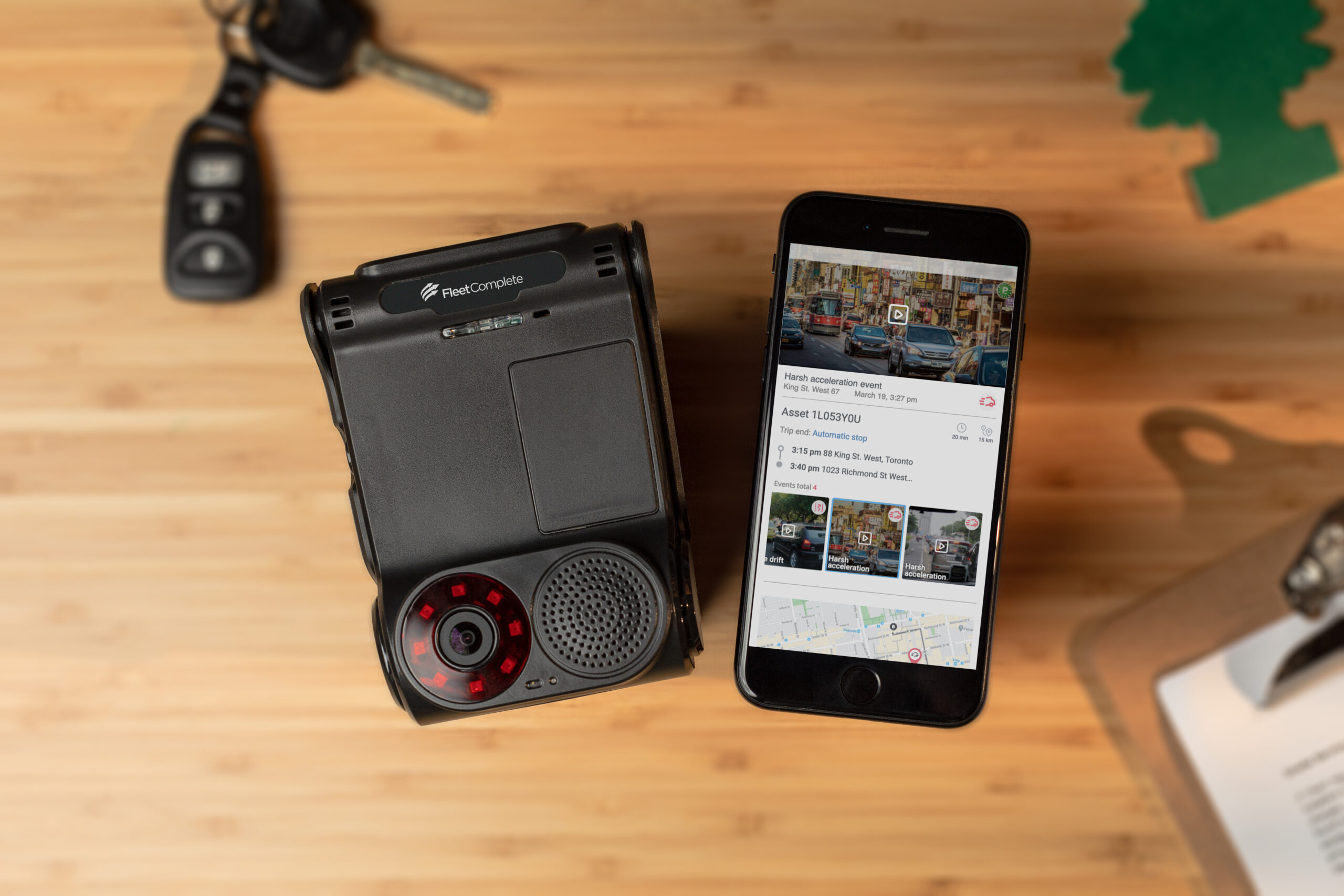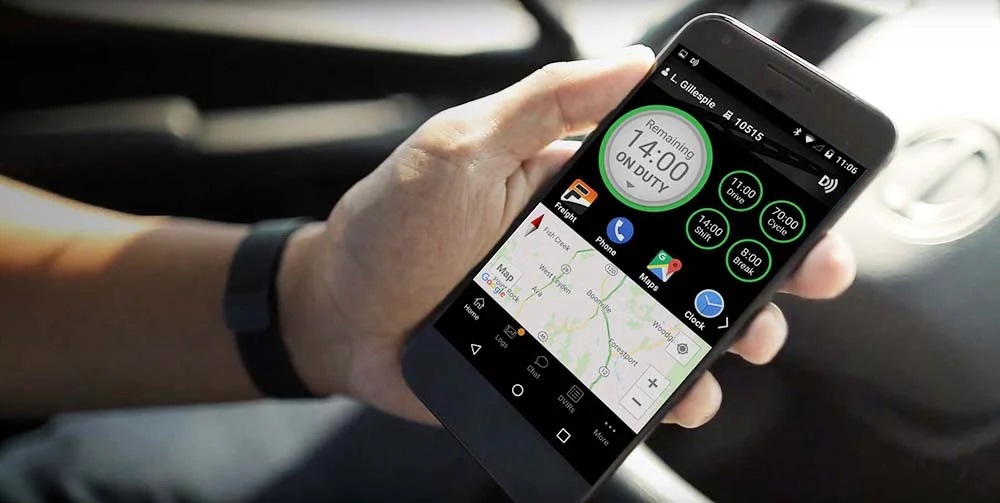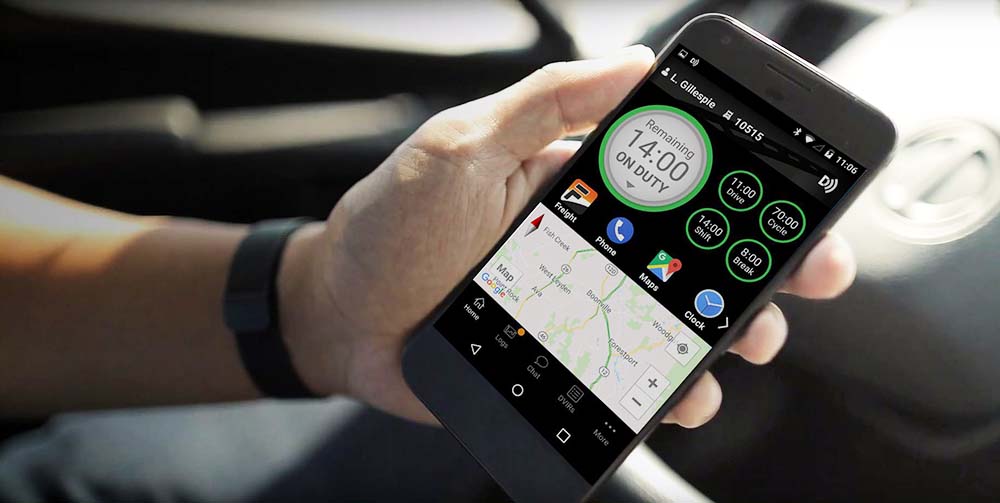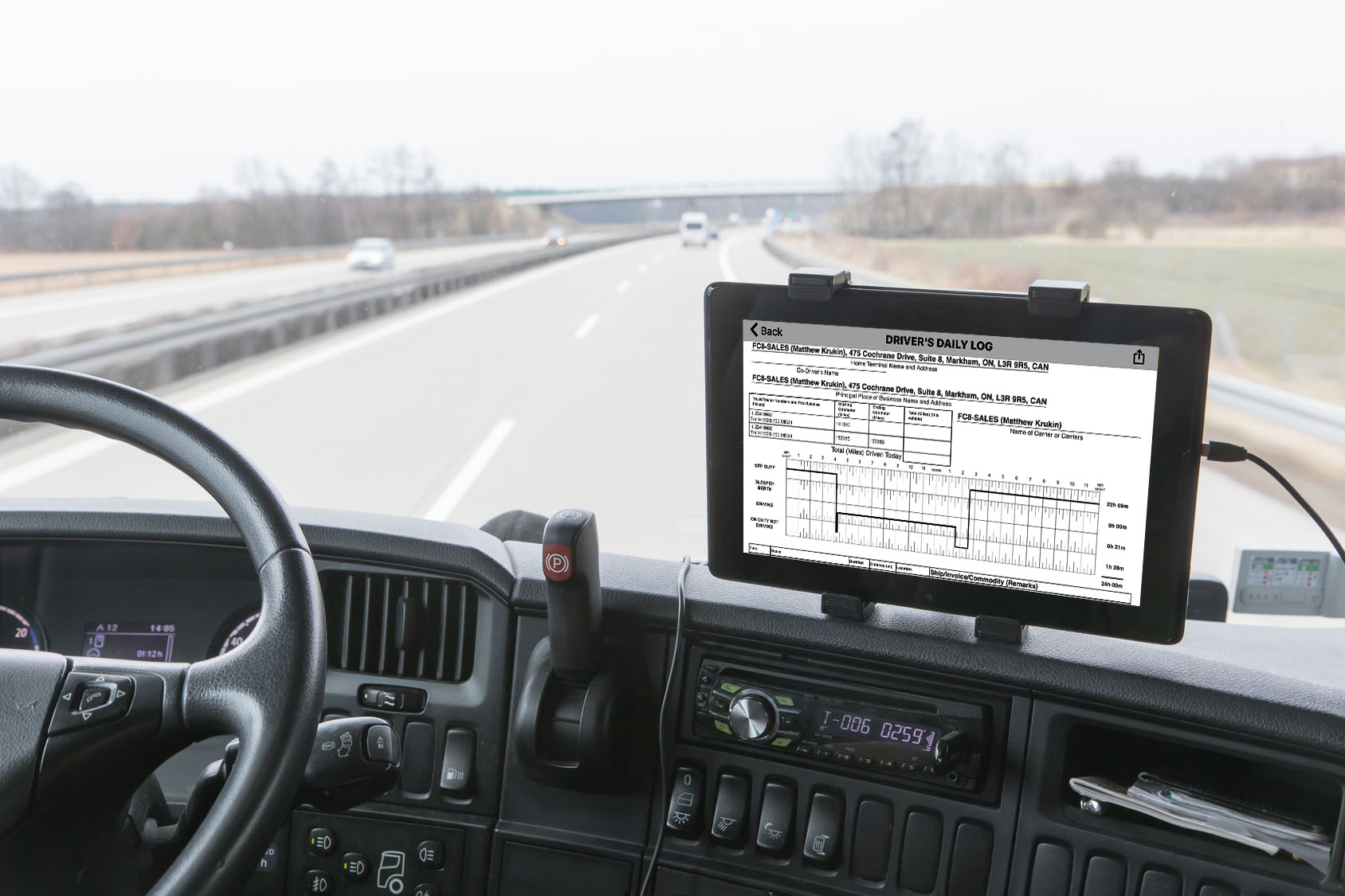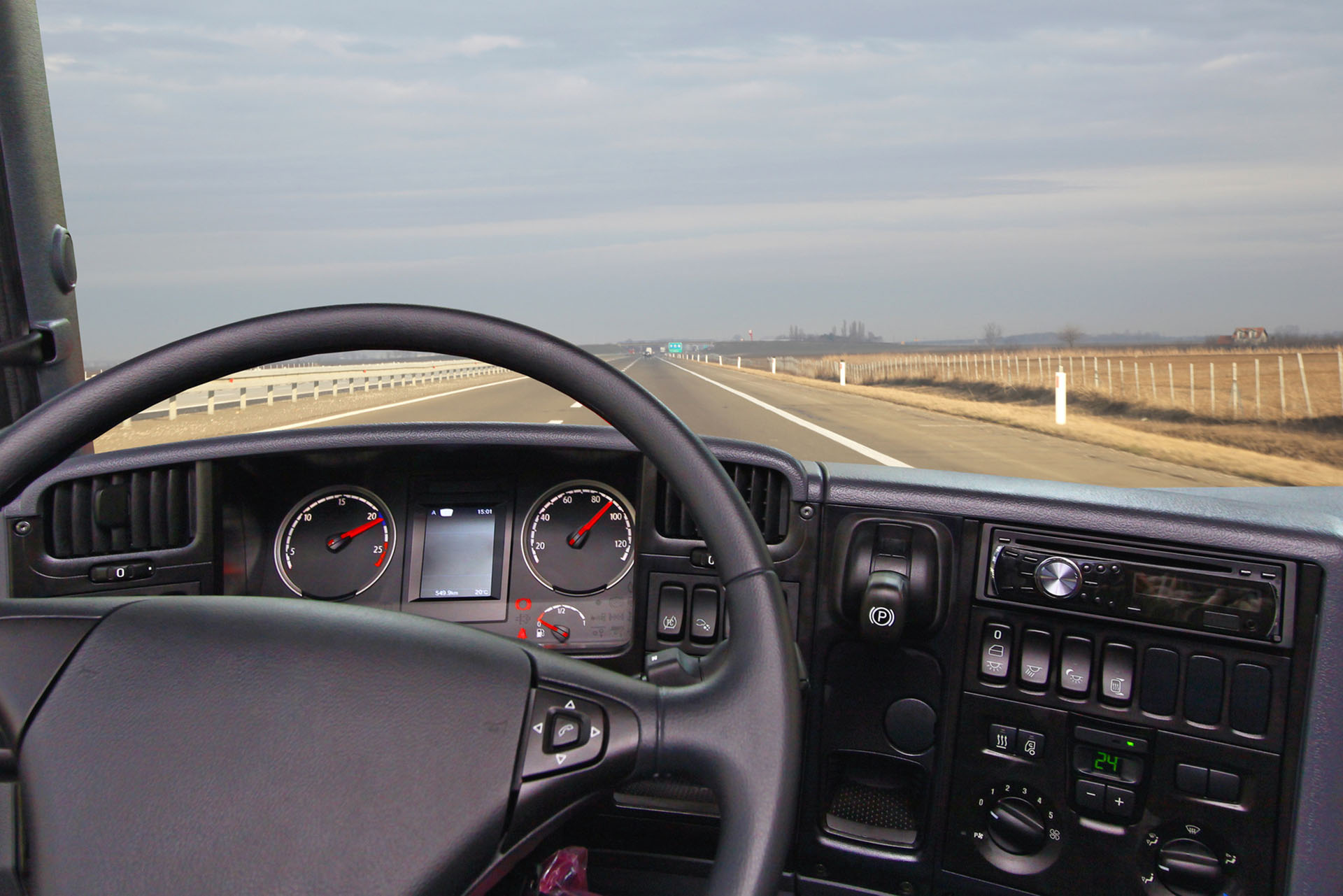Dear Marc,
Your response to this question states that ELD device must be mounted and visible to the driver, however, does the ELD have to show the status and time of the driver at all times?
Dear Reader,
The reason why a driver using a portable ELD must be mounted in a fixed position during commercial motor vehicle (CMV) operation, and be visible to the driver from a normal seated driving under 395.22(g) of Part 395 is to comply with the Malfunction and Diagnostic Indicators functional requirements under 4.6.2.1., 4.6.3., and 4.6.3.1. of the ELD Rulemaking. (re: Are ELDs required to be mounted). Therefore, there is no prescribed requirement to have the ELD show the status and time of the driver at all times, as this screen depiction is displayed as a value added benefit to assist a driver to know when a specific maximum threshold is approaching.
I have included the full descriptions of the functional requirements below for your convenience.
4.6.2.1. VISUAL MALFUNCTION INDICATOR
(a) An ELD must display a single visual malfunction indicator for all drivers using the ELD on the ELD’s display or on a stand-alone indicator. The visual signal must be visible to the driver when the driver is seated in the normal driving position.
(b) The ELD malfunction indicator must be clearly illuminated when there is an active malfunction on the ELD.
(c) The malfunction status must be continuously communicated to the driver when the ELD is powered.
4.6.3. ELD DATA DIAGNOSTIC STATUS INDICATOR
ELD data diagnostic status affects only the authenticated user; therefore, an ELD must only indicate the active data diagnostics status applicable to the driver logged into the ELD. An ELD must provide a recognizable visual indicator, and may provide an audible signal, to the driver as to its data diagnostics status.
4.6.3.1. VISUAL DATA DIAGNOSTICS INDICATOR
(a) An ELD must display a single visual data diagnostics indicator, apart from the visual malfunction indicator described in section 4.6.2.1 of this appendix, to communicate visually the existence of active data diagnostics events for the applicable driver.
(b) The visual signal must be visible to the driver when the driver is seated in the normal driving position.














